For us Bulgarians, Batak is a sacred place. It still echoes the tragic events of the April Uprising of 1876, when most of its innocent inhabitants were massacred by the Ottoman oppressors. Various sources estimate the number of victims at between 1,400 and 5,000. The massacre had profound repercussions in Europe and around the world, awakening the conscience of prominent public figures. Garibaldi, Victor Hugo, Darwin, Januarius MacGahan and many others strongly condemned the atrocities, bringing international attention to Batak for the first time.
If you walk along the Memorial Walk in the city centre, you will see monuments dedicated to the advocates for Bulgaria.
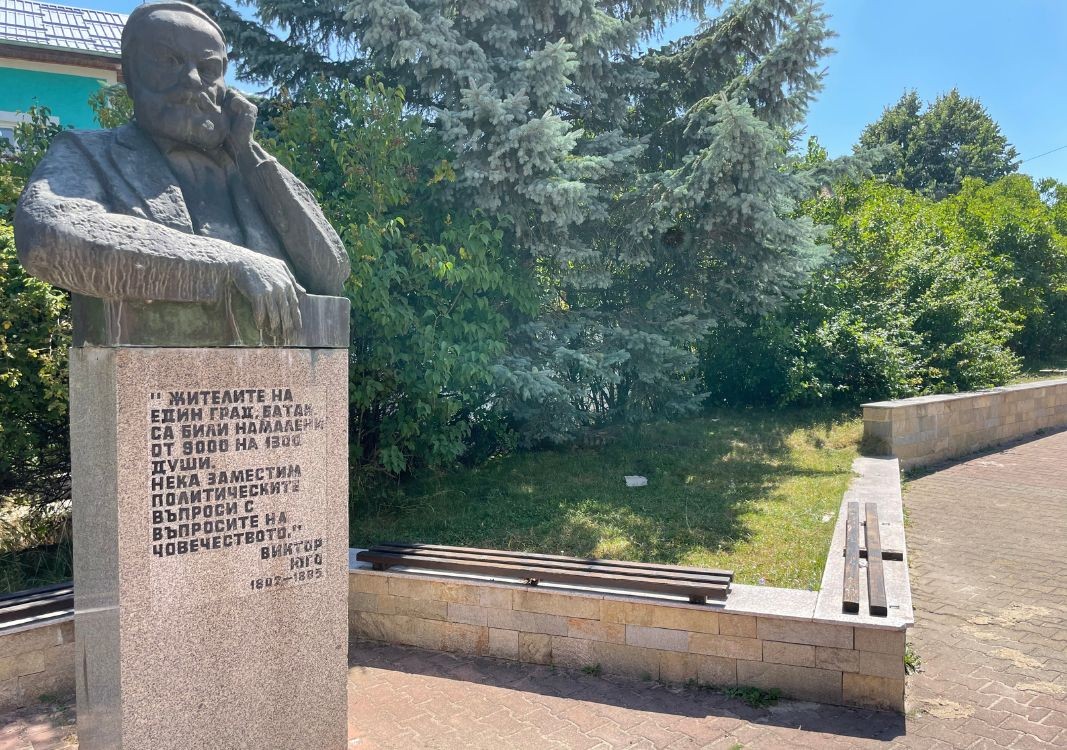
The names of some of the victims of the massacre are inscribed on a special wall in the History Museum. In the old St. Nedelya Church, where thousands of women and children were killed, there is an ossuary of the deceased, and its walls still bear the bullet marks left by the aggressors.

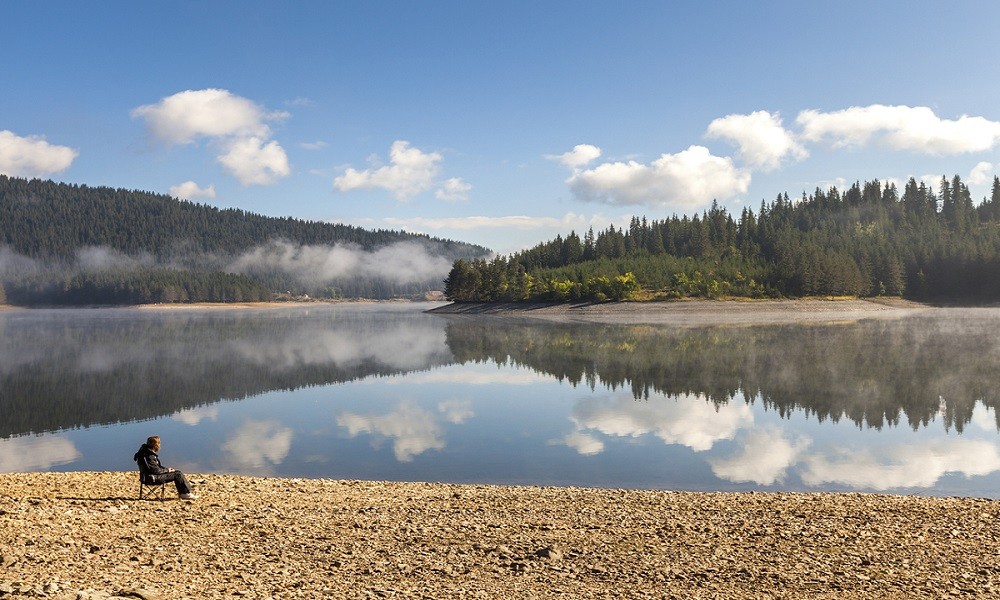
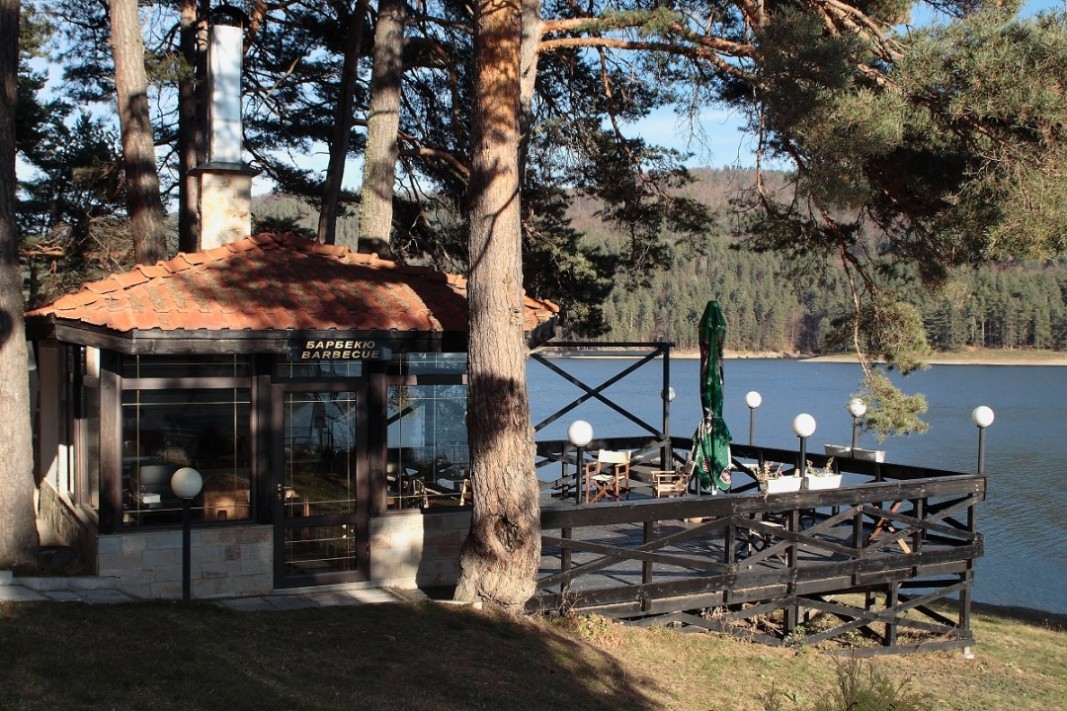
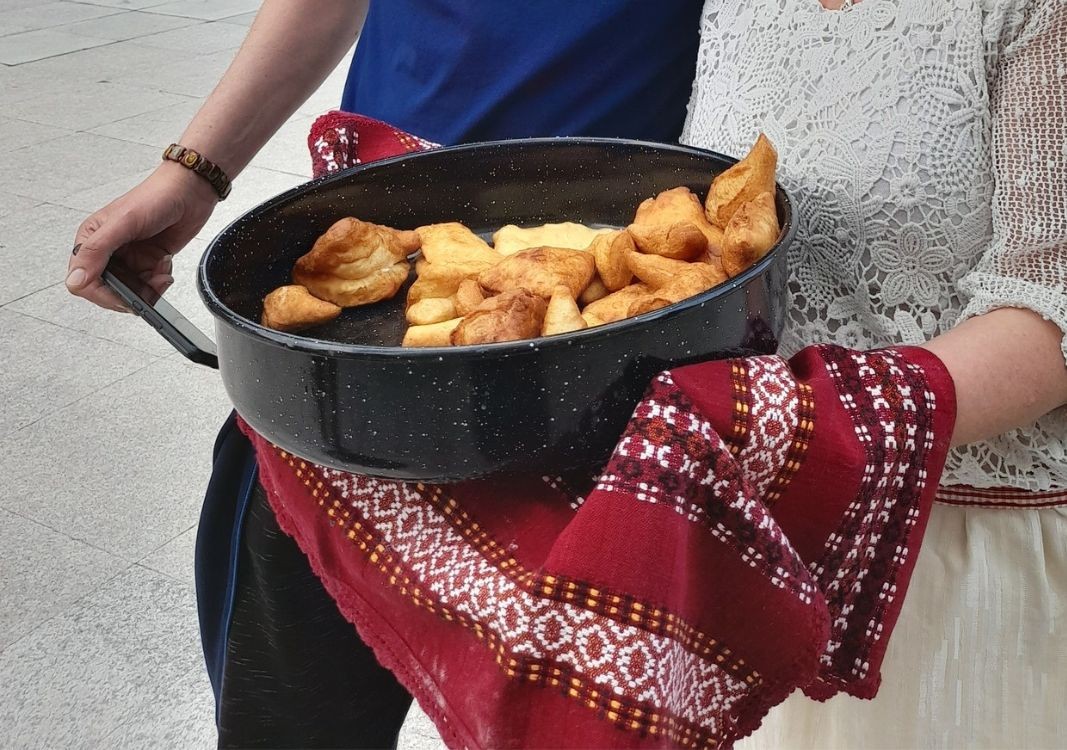
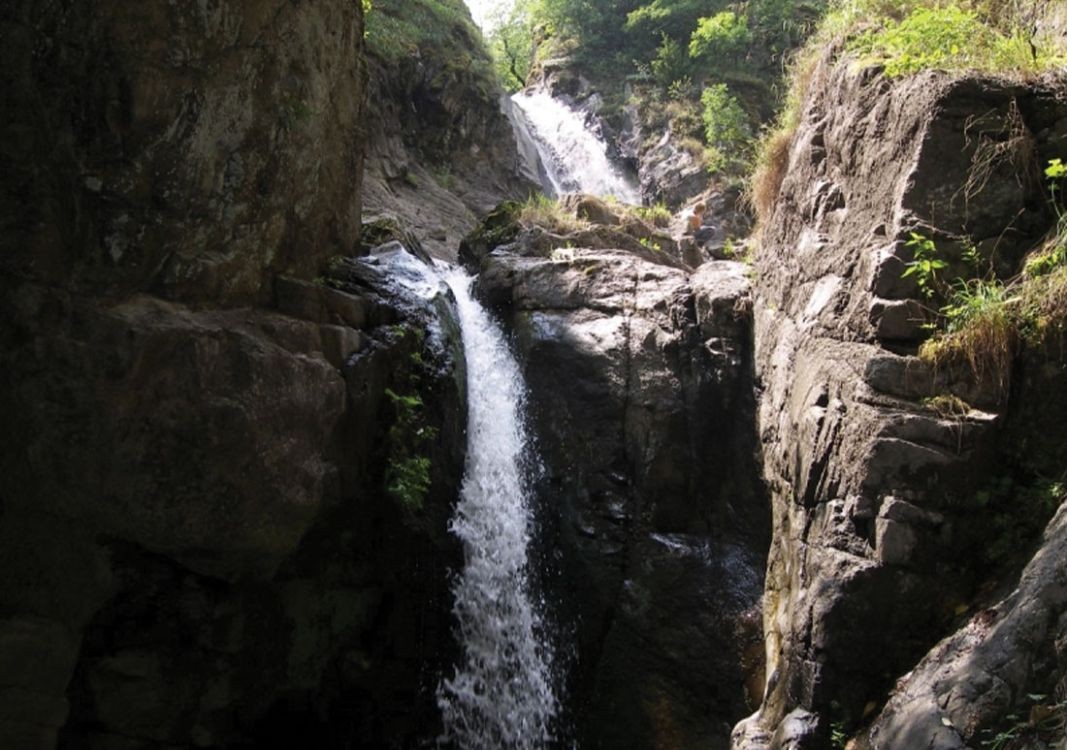
When the temperature in Sofia mercilessly approaches 40°C, the air becomes heavy as lead and the streets get deserted, people begin to seek coolness in the mountains. Just about an hour's drive away, northwest of the capital city,..
A new cultural and historical park has opened on the shore of the city lake in Pravets, as it extends on over 14 decares. The "Bulgaria Land" offers a unique opportunity to get acquainted with the Bulgarian heritage, presented on a..
A spectacular “amusement park” is open to divers 18 metres below the surface of the sea close to St. Anastasia island – an Orthodox chapel rises and opposite the church – a Soviet Chaika car with a chrome grill is parked. Right next to it there is a..

+359 2 9336 661
